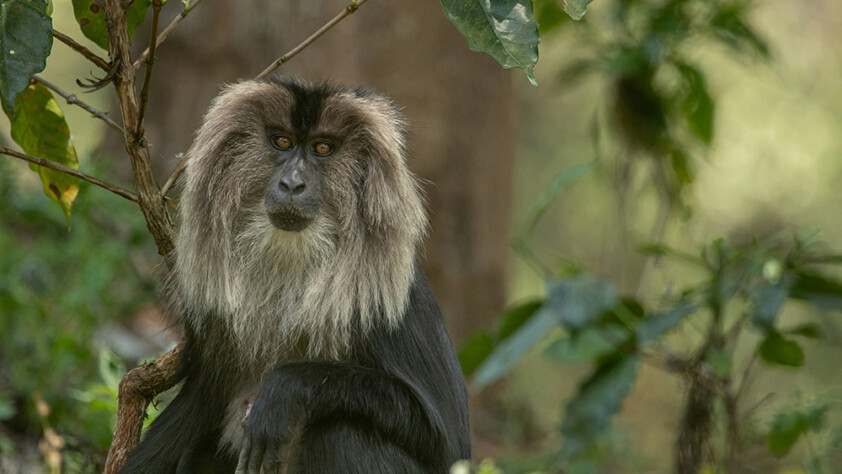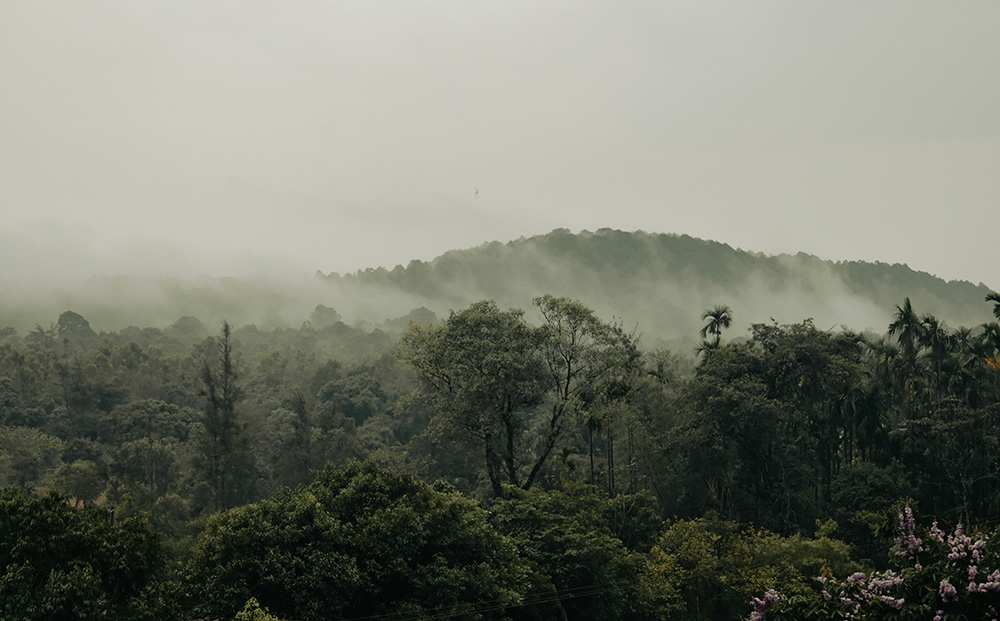
Exploring the Biodiversity of the Western Ghats: A Natural Treasure Trove
The Western Ghats, a mountain range that runs parallel to the western coast of India, is one of the world’s eight “hottest hotspots” of biological diversity. This UNESCO World Heritage site, spanning approximately 1,600 kilometers, is a haven for countless species of flora and fauna, many of which are endemic to the region. The Western Ghats not only provide vital ecosystem services but also offer a breathtaking array of biodiversity that attracts researchers, nature enthusiasts, and conservationists from around the globe. Here’s an in-depth exploration of the biodiversity of the Western Ghats and what makes it a natural treasure trove.
Geographic and Ecological Significance
The Western Ghats stretch from Gujarat to Tamil Nadu, covering six states in India. This range influences the Indian monsoon weather pattern, capturing moisture-laden winds and causing heavy rainfall, which in turn nurtures diverse ecosystems. These ecosystems include tropical rainforests, deciduous forests, montane grasslands, and scrublands, each supporting unique species adapted to their specific habitats.
Flora of the Western Ghats
The Western Ghats are home to more than 7,402 species of flowering plants, of which 1,800 species are endemic. The lush forests and varied climatic zones create a mosaic of plant life that is both diverse and dense.
1. Tropical Rainforests:
- These rainforests, particularly in the southern part of the Ghats, are characterized by dense canopy layers. Trees such as teak, rosewood, and jackfruit dominate these forests, alongside a rich understory of shrubs, herbs, and climbers.
- Epiphytes and orchids are abundant, with over 300 species of orchids found in this region.
2. Shola Forests:
- Unique to the high-altitude regions, shola forests are interspersed with grasslands. These forests are crucial for water conservation and support diverse plant species like rhododendrons and magnolias.
- The Kurinji flower (Strobilanthes kunthiana), which blooms once every 12 years, is a remarkable feature of these forests.
Fauna of the Western Ghats
The Western Ghats boast an impressive array of wildlife, including many endemic and endangered species. The varied habitats provide niches for numerous mammals, birds, reptiles, amphibians, insects, and fishes.
1. Mammals:
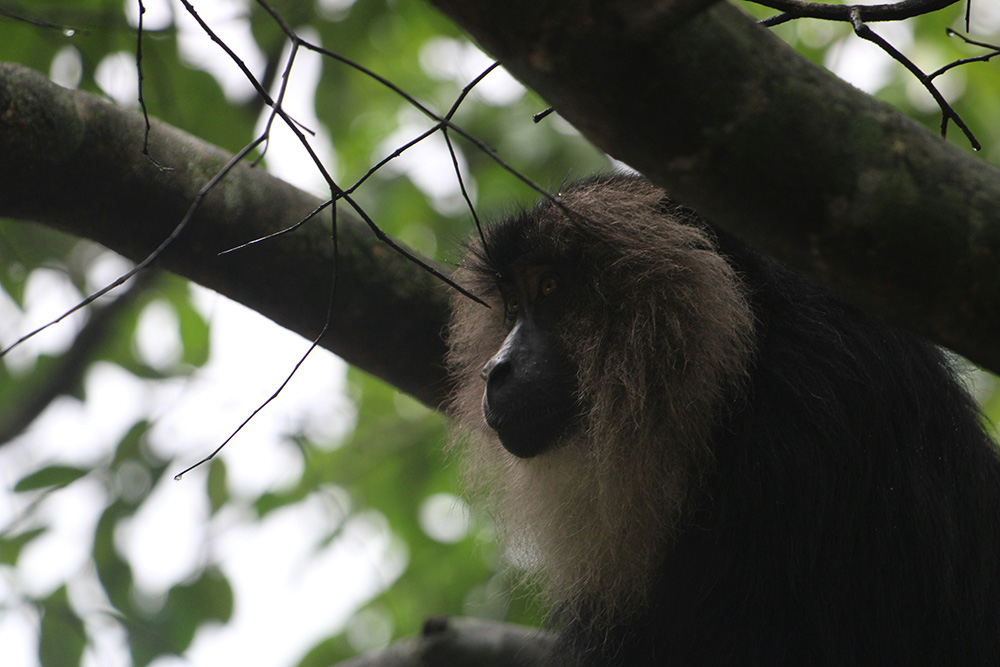
- The Western Ghats are a stronghold for several large mammals such as the Bengal tiger, Indian leopard, Asian elephant, and gaur (Indian bison).
- Endemic species include the Nilgiri tahr, the lion-tailed macaque, and the Malabar large-spotted civet.
2. Birds:
- Over 500 bird species inhabit the Western Ghats, with around 16 species being endemic. Notable birds include the Nilgiri flycatcher, Malabar grey hornbill, and the endangered Nilgiri wood pigeon.
- The bird diversity is especially high in the evergreen forests, where the dense canopy provides shelter and food sources.
3. Reptiles and Amphibians:

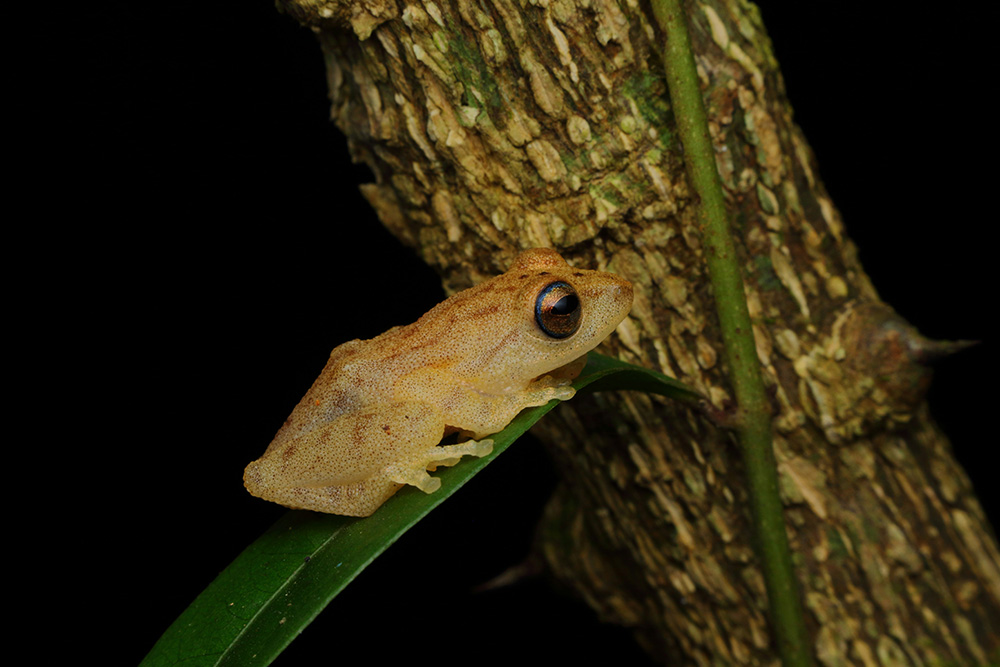
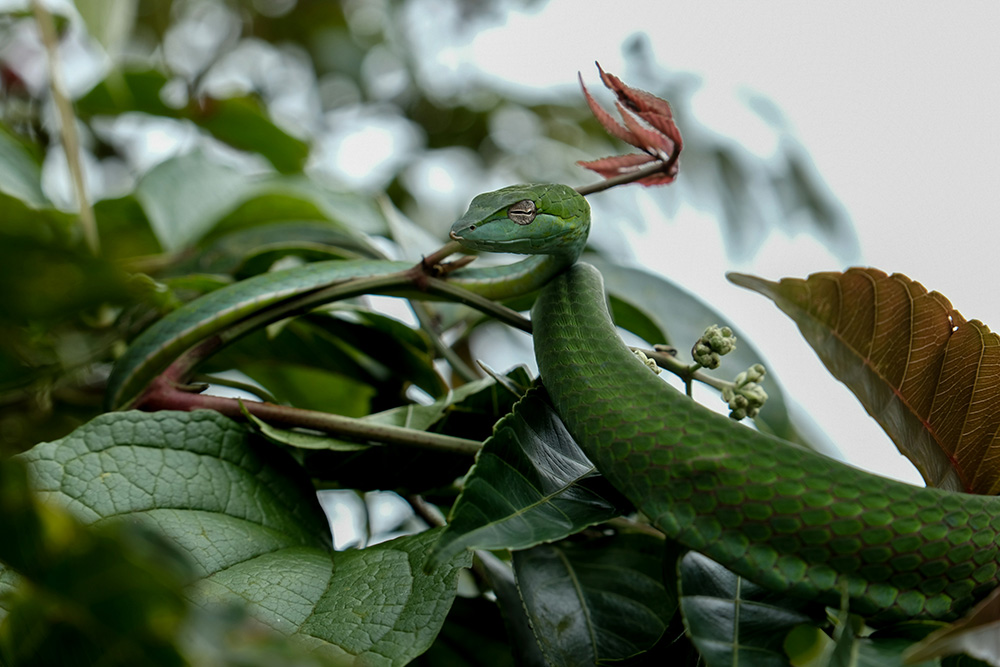
- The Western Ghats are a hotspot for herpetofauna, with more than 200 species of reptiles and 150 species of amphibians, many of which are endemic.
- Iconic species include the Malabar pit viper, King cobra, and the endemic bush frogs of the genus Raorchestes.
4. Insects and Invertebrates:
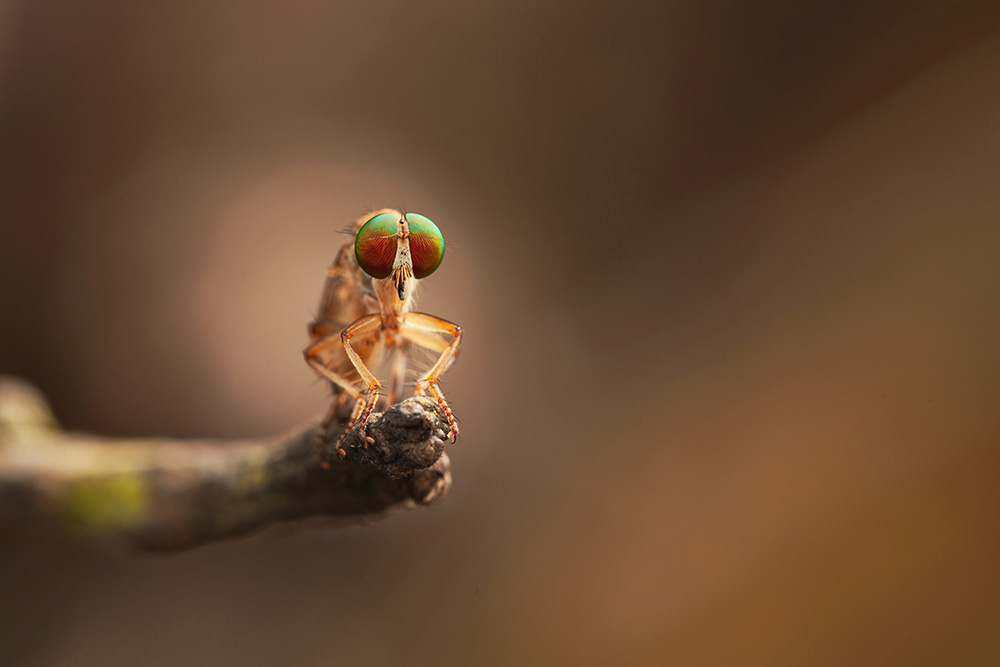
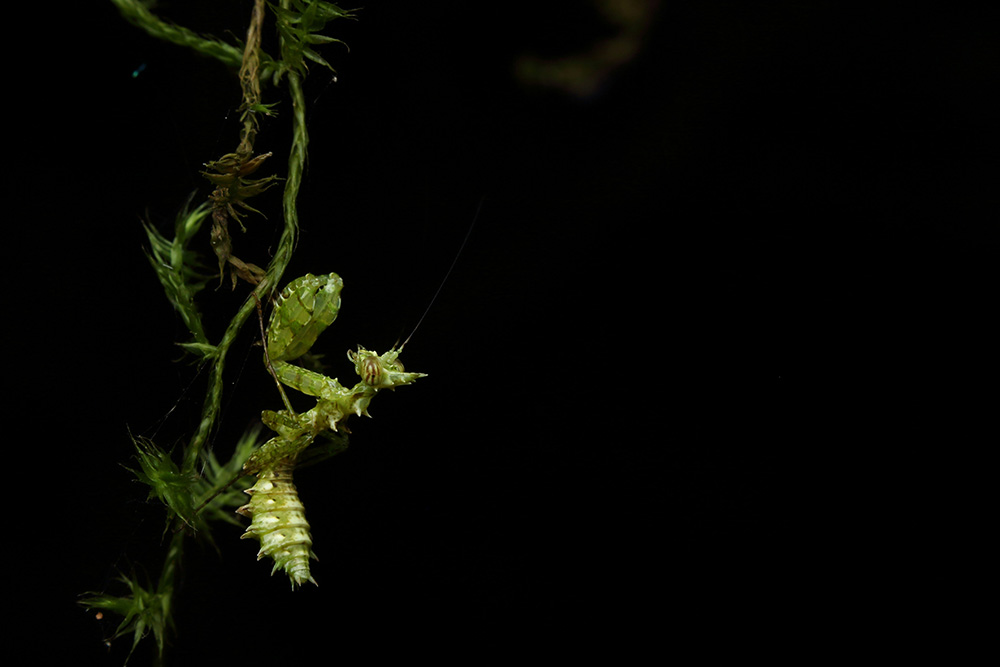
- The insect diversity is staggering, with numerous species of butterflies, beetles, and spiders. The Western Ghats are particularly famous for the endemic Atlas moth, one of the largest moths in the world.
- Freshwater invertebrates, such as crabs and mollusks, thrive in the numerous rivers and streams originating from these mountains.
5. Fishes:
- The Western Ghats are home to an extraordinary diversity of freshwater fishes, with over 300 species, including many that are endemic.
- Notable fish species include the Malabar mahseer, an important species for both ecological balance and local fisheries, and the Denison barb, known for its vibrant colors and popularity in the aquarium trade.
- The hill streams and rivers provide habitat for a variety of cyprinids, catfish, and loaches, each adapted to the unique conditions of their environment.
Conservation Challenges
Despite its rich biodiversity, the Western Ghats face several conservation challenges:
1. Habitat Loss:
- Deforestation for agriculture, plantations, and urban development has led to significant habitat fragmentation.
- The expansion of infrastructure, such as roads and dams, further disrupts wildlife corridors and natural habitats.
2. Climate Change:
- Altered rainfall patterns and temperature changes threaten the delicate balance of these ecosystems. Species adapted to specific climatic conditions may struggle to survive as their habitats change.
3. Invasive Species:
- Invasive plant species, such as Lantana camara and Eupatorium odoratum, compete with native flora, disrupting local ecosystems and reducing biodiversity.
4. Human-Wildlife Conflict:
- As human populations encroach on forest areas, conflicts between wildlife and humans increase, particularly with large mammals like elephants and leopards.
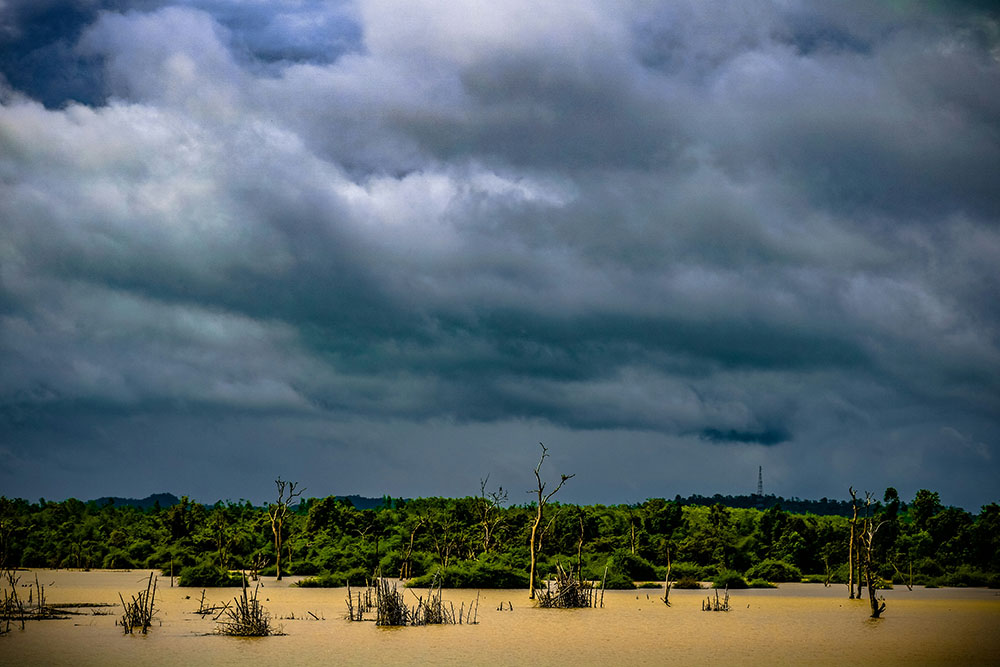
Conservation Efforts
Efforts to conserve the biodiversity of the Western Ghats are multi-faceted, involving government initiatives, non-governmental organizations, and local communities.
1. Protected Areas:
- The establishment of numerous national parks, wildlife sanctuaries, and biosphere reserves helps protect critical habitats. Notable protected areas include Periyar National Park, Silent Valley National Park, and Anamalai Tiger Reserve.
2. Community Involvement:
- Engaging local communities in conservation efforts is crucial. Programs that promote sustainable livelihoods and eco-tourism help communities appreciate the value of preserving their natural heritage.
3. Research and Monitoring:
- Continuous research and monitoring are essential to understanding the dynamics of these ecosystems and the impact of various threats. Organizations like the Wildlife Institute of India and the Ashoka Trust for Research in Ecology and the Environment (ATREE) are actively involved in such efforts.
4. Awareness and Education:
- Raising awareness about the importance of biodiversity and conservation through educational programs and media campaigns helps garner public support for conservation initiatives.


